Choose your float: 0°, 10° or 20°. Retrofittable to all DT Ratchet DEG rear hubs too.
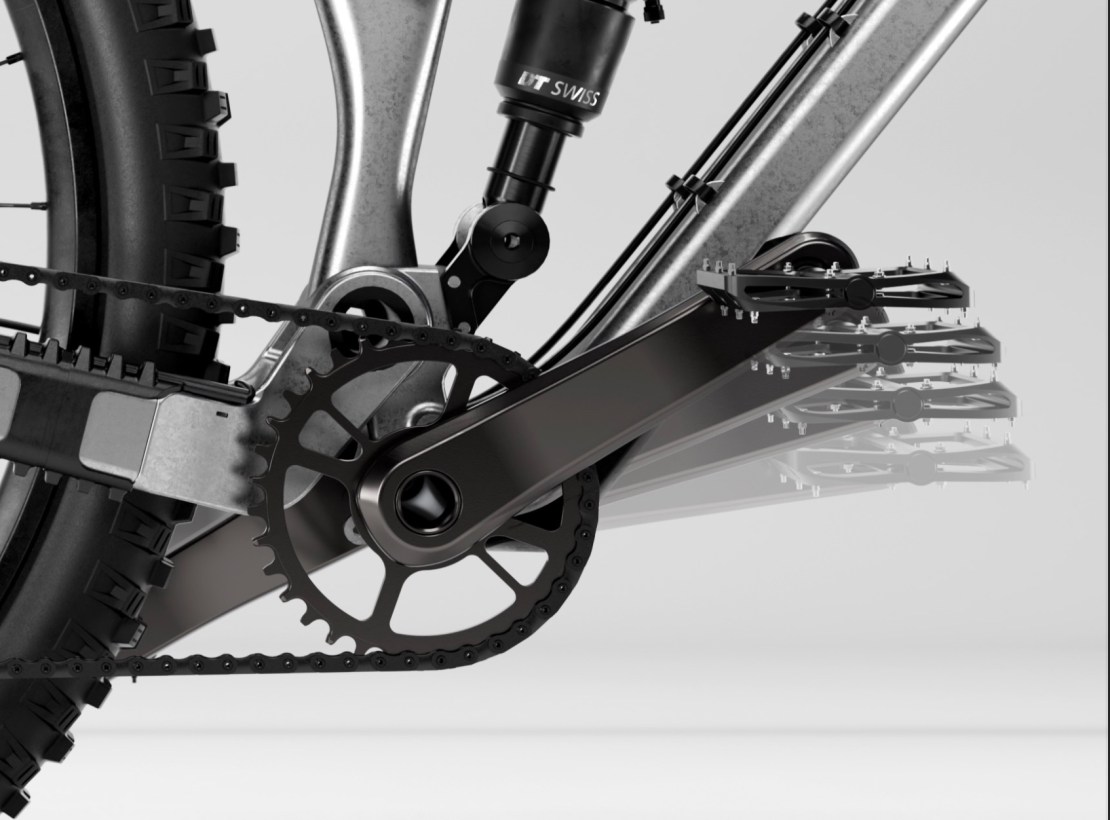
Essentially this new thing-ummybob can adjust how quickly your freehub engages. It’s only for DEG flavoured DT rear hubs (it is retrofittable though, which is nice.
With this new DF (Degrees Of Freedom) design, there’s three settings to choose from: 0°, 10° or 20°. Technically you should add the amount of engagement that exists in the DEG hub design also ie. up to 4° (for the 90T ratchet system).
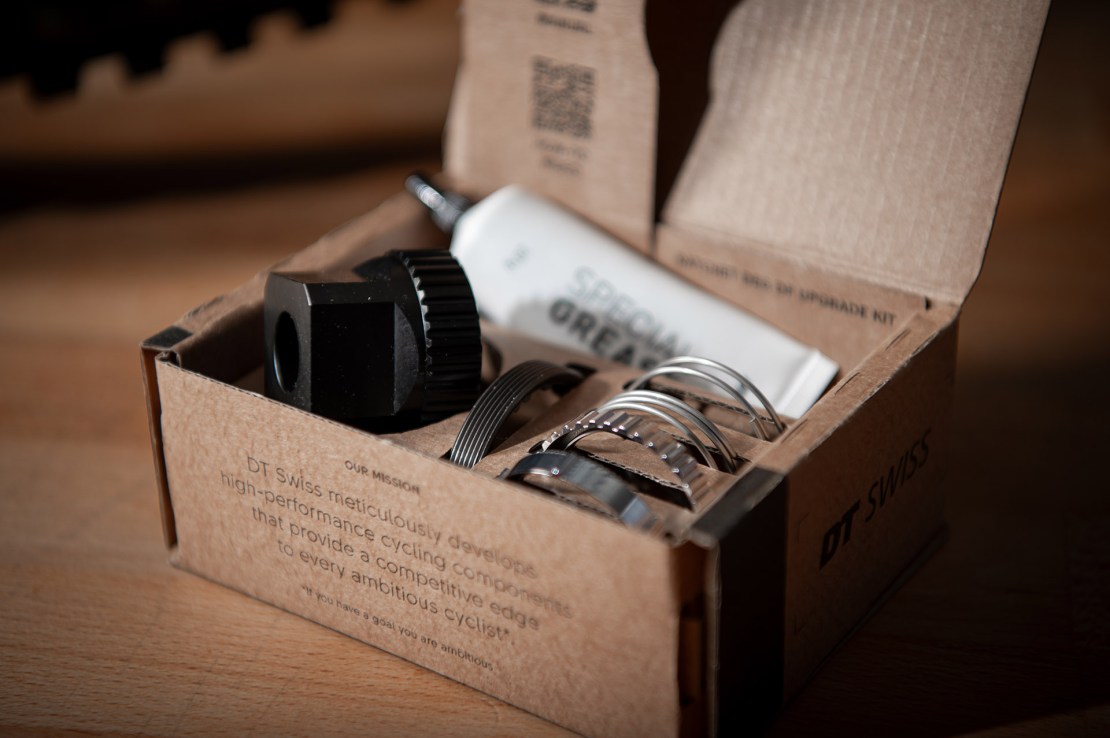

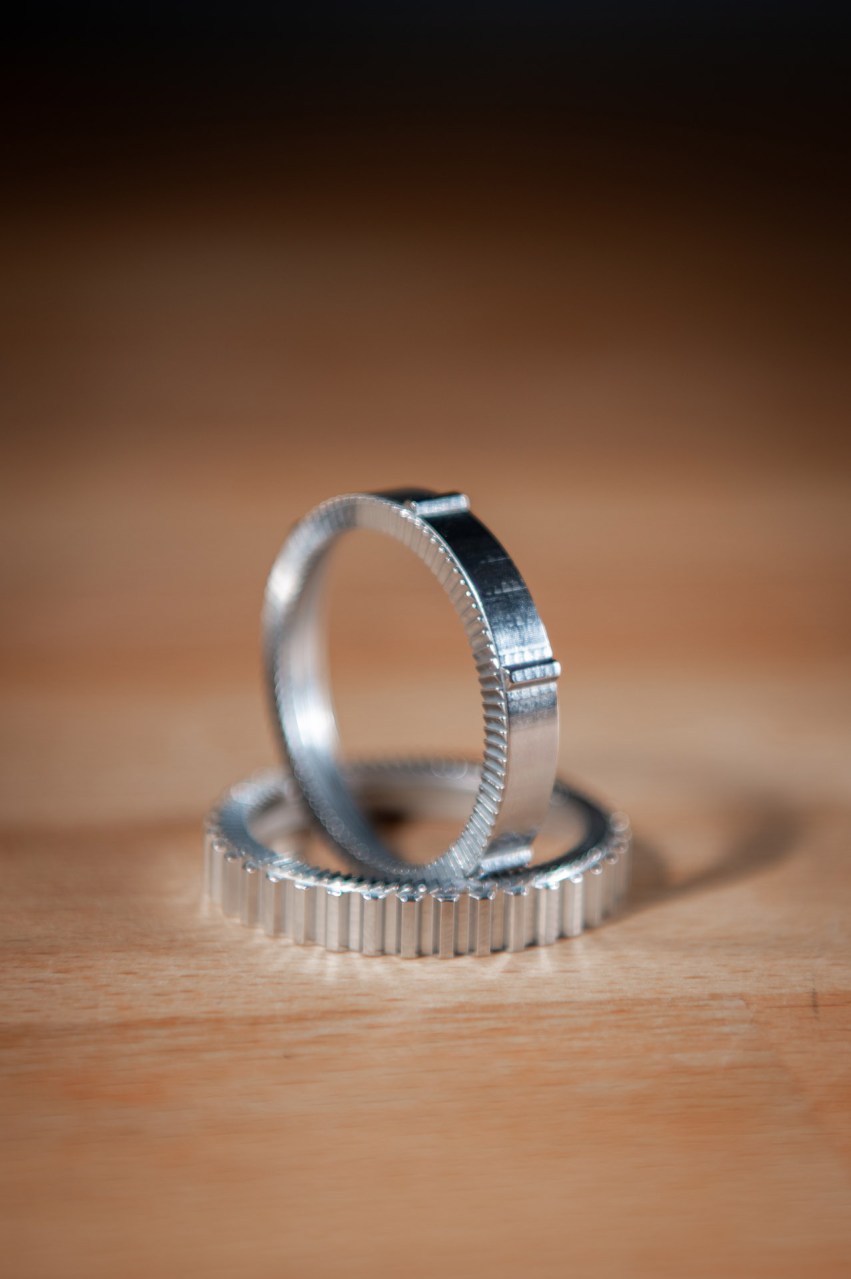
The key thing to note there is the words “up to”. With any engagement there is a window of potential when it comes to when the system engages. On DT DEG hubs the freehub can engage anywhere between 0° and 4°.
This is why the new DF ‘engagement float’ design is different to just using a hub with a slow engaging freehub (say, freehub with 10° of engagement); sometimes this ‘slow’ hub pickup will engage after 1° of crank turn (for argument’s sake), other times it will take the full 10° of crank turn before the system engages. It varies. It depends where the pawls/teeth are at any one time.


The idea of this new DF design is to offer more consistently ‘slow’ engagement; like a slow freehub that always uses its full float/freestroke of freehub rotation before engaging.
Why? The theory is to ‘free up’ the top length of chain that connects the chainring to the rear cassette, or to put it another way, to ‘free up’ your feet from the rear axle. The theory being that this reduces the effect of the drivetrain upon the rear suspension’s freedom of movement.
In this regard, the DT Swiss DF system is similar to the Sidekick hub from e-thirteen. And it just as simple and easy to adjust too. To swap between quickest pick-up (‘0°’) for when the terrain/course requires such, to the most floaty setting (’20°’) for gravity-centric days, or to the middle setting (’10°) for somewhere in between, it’s a five minute job with the only tool required being an Allen key to remove the rear wheels from the frame.
There was (briefly) an excellent video on DT Swiss’ YouTube channel explaining the DF installation and adjustment but it’s been ‘hidden’ now. Hopefully it will return now that the embargo time is up.
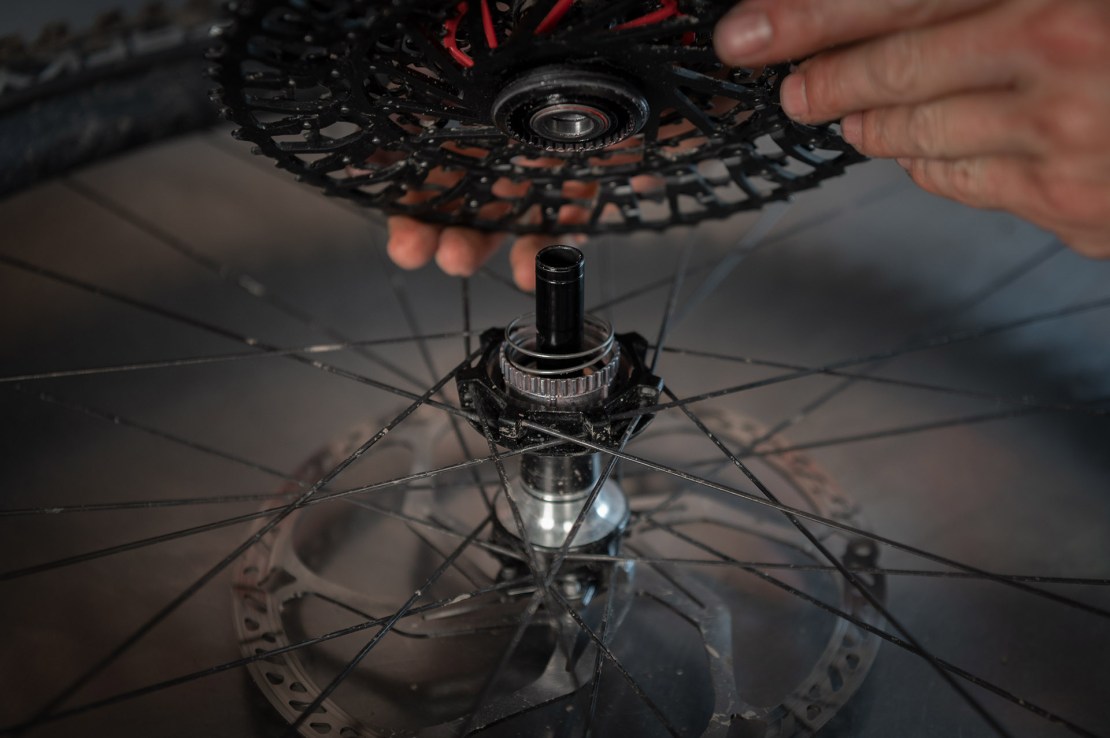
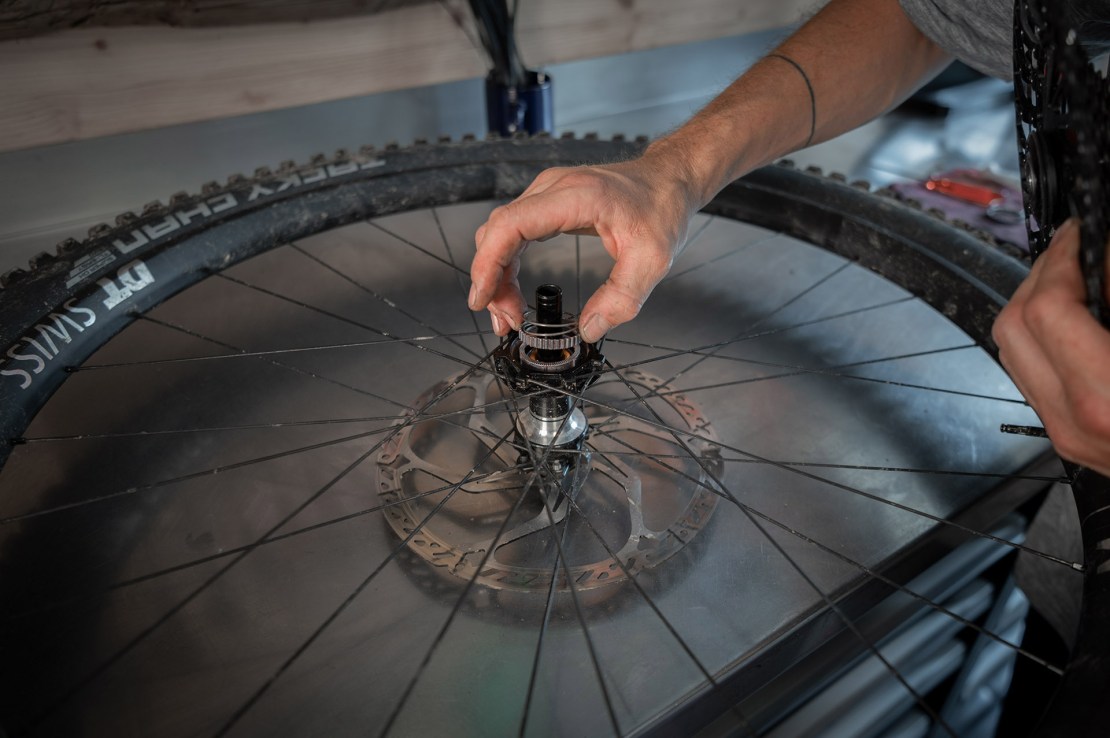


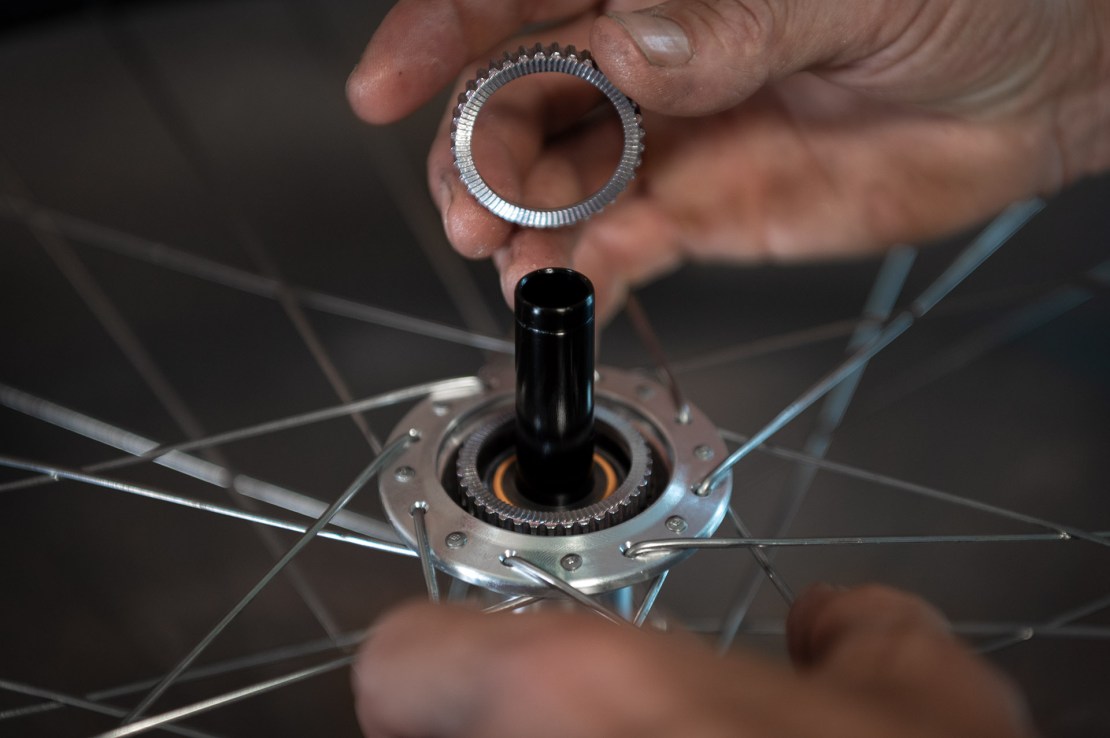
When you stop pedalling, the drag in the system resets things. There are no additionals components (springs, elastomers etc). “To reset the DF system … it’s simply the rotation of the wheel during freewheeling and the drag from the pressure of the springs on the ratchets that forces the DF system
backwards into reset or disengaged mode.”
What the new DT Swiss DF system is not, is a chain damper. So it’s not the same thing as an O-Chain or a Rimpact Chain Damper. Those devices are designed to calm down ‘chain flail’ (the chain bouncing around and effecting the suspension and/or bike’s feel) as well as reduce pedal-kickback. Such devices also ‘soften’ the moment of drivetrain engagement when you do go to pedal. The new DT Swiss DF system – like the e-thirteen Sidekick – will have a ‘hard’ start/engagement.
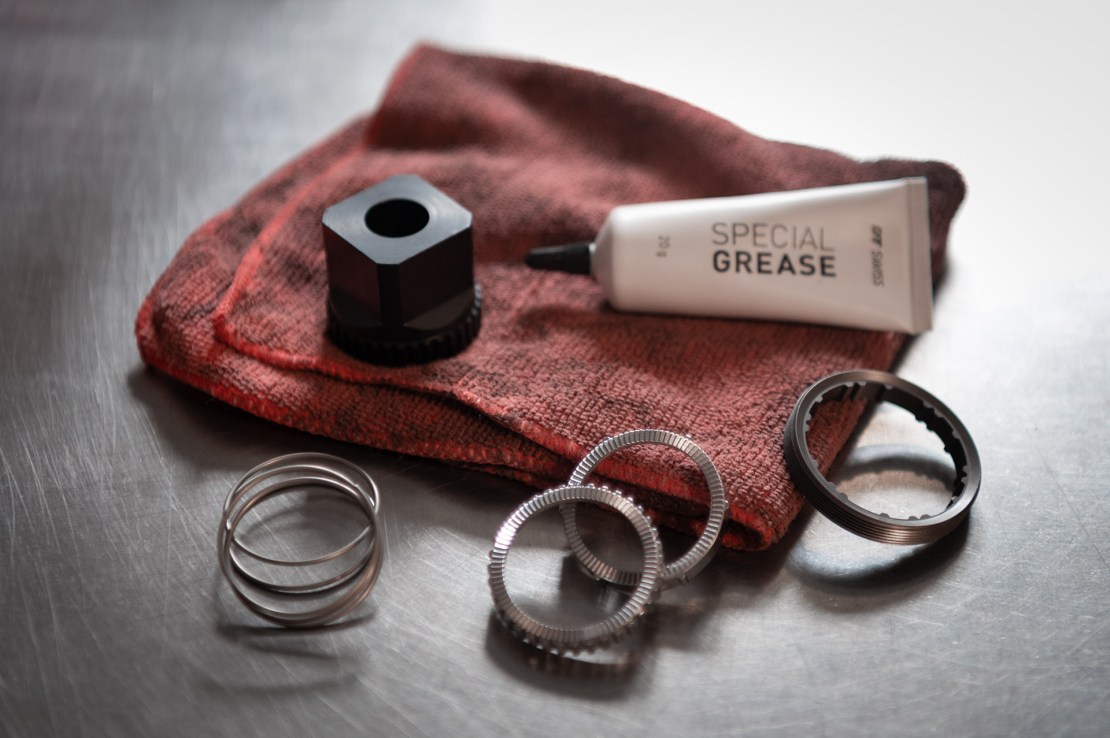
So yeah, this is not quite the same as a much more expensive O-Chain/Rimpact system, but it is a cool thing to see from DT Swiss. It’s a bit cheaper (€129.00), simpler, lighter, easy to adjust and retro-fittable.
Anyway, we’ve got hold of a DT Swiss DF and will be installing it into a DT DEG rear wheel and giving it a thorough testing. Watch this space…

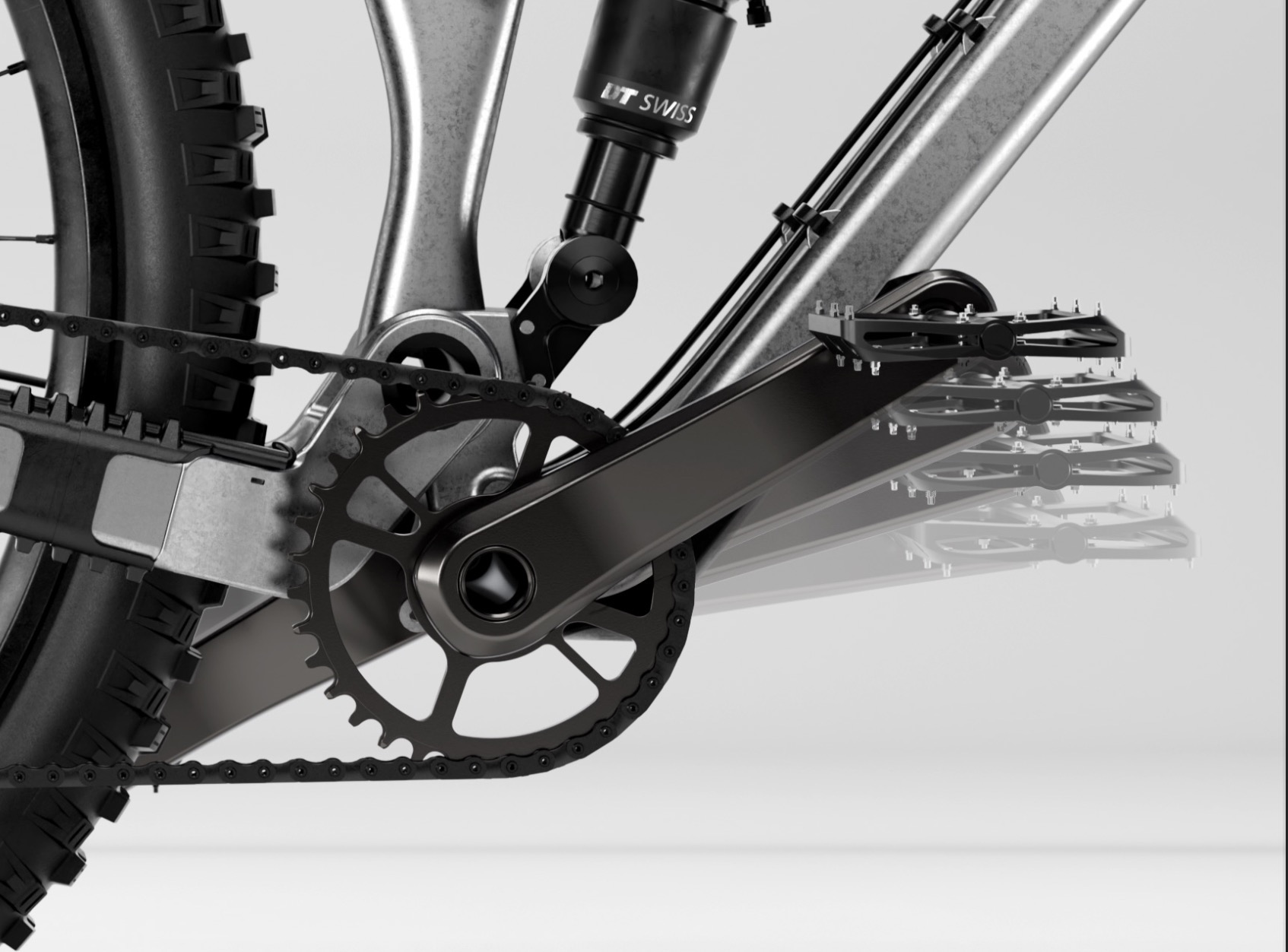
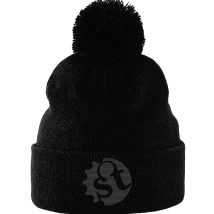
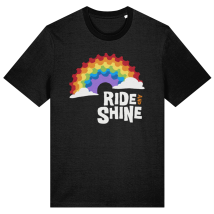
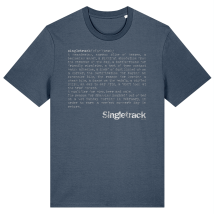
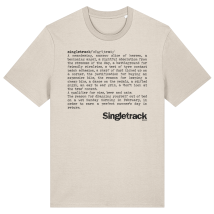

The bike industry, “You need super fast pick up on your cassette drivers." Also the bike industry, “Your cassette driver is too direct and we need to soften it a bit." Furthermore the bike industry, “You know we exist only to sell you more stuff, right?"
Different strokes for different folks. Or more specifically… what’s best for rolling twisty undulating trails isn’t the best for winch and plummet riding.
I’ll just keep my (still going strong) Hope Pro2 hubs with slightly slower engagement for now.
I know it’s tempting to be sceptical about bike industry “innovations", but these products actually offer a genuine and significant improvement to how bikes ride. They are not comparable to a low-engagement hub at all (in my experience of the Ochain). Much more like riding without a chain.
Compared to leccy gears (the most pointless MTB product I can think of), these “anti-kickback" gizmos give tremendous bang-for-your-buck.
I’m inclined to agree with chakaping and this DT Swiss hub seems like a very simple solution.
A friend of mine recently got. Tairin silent hub, then promptly broke his collarbone. He probably won’t get much time on it to give an opinion before winter.
Tairin are a small Canadian company who, as far as I can tell, were the first to bring this kind of hub to market.
one thing that would concern me about these kind of hubs is how many degrees you’d need to turn the crank to reengage the freehub.
Do they though?
Will I really have more fun?
Possibly. It depends on what you enjoy about mountain biking.
as an experiment you could remove your chan at the top of a descent (preferably one that doesn’t require much pedalling) and feel the difference it make to the suspension when it is isolated from the chain.
A question I have is what setting changes you’d need to make to the shock to cater for the unencumbered movement? Presumably you’d need to increase the compression damping
Another question is how these changes would impact the performance of the suspension while climbing?
perhaps we’ll see shocks with “descend” switches rather than “climb” switches so that you can firm thing up for when the drivetrain is disengaged!
It’s comparable to the difference between a crap rear shock and a good one IMO.
More about “performance" than “fun", but then most MTB gear is.
Non-issue on steady climbs, not sure about normal techy climbs yet, but a bit annoying on very janky rocky climbs (I did Ullswater singletrack a few weeks ago).
I’m not saying they’re not faster against a clock, or different. I’m just questioning whether they’re actually more fun, because ultimate that’s why we go ride?
Modern bikes in general are more fun than 90’s bikes because they allow you to go significantly faster.
But in isolation I’m not convinced that a lot of what the industry is selling is actually doing that. Electric gears, overly complicated suspension, carbon EVERYTHING.
The exception that proves the rule might be something like Winter boots, or decent winter gloves, or a skills course. Those things actually make riding more fun.
And on a different note, isn’t all this just doing exactly what sprag clutches and free coaster hubs have always done, swapping degrees between ratchet points for degrees float before they engage, only with even more complexity and moving parts?
I consider myself a fairly decent biker, and reasonably experienced rider. But I have absolutely no idea what “pedal kick back” is. Consequently, I really have incredibly little interest in innovations to fix something that I don’t think is an issue for me at all.
Good points, though I don’t know if a free coaster hub is simpler than this DT Swiss solution. The float in these systems is constant, unlike degrees between engagement in a low engagement hub.
personally, I would like to try one. If they made my feet less achy at the end of a fast and chunky descent I’d consider it more fun and I think it’s fun when my bike feels like it’s working well.
Jeff Kendal Weed isn’t convinced by these products, and he’s far from an average rider
And Joe Starling isn’t convinced kick back is a problem anyway
if I had the compatible hubs, I’d probably give this a go, but I need new tyres and they’re expensive enough.
Hmmmm. I just watched that video (Jeff Kendal Weed) and pretty much agree with him – last (only) time I’ve found kickback to be intrusive was when I took my Bullit to the Alps 15-20 years ago.
It’s good that companies try stuff though, and some folk may love this “fix". Shows off the modularitynessisitude of DTs hubs too, I guess
I can’t be bothered to type all my thoughts on pedal kickback again. Basically, it may or may not be a thing and it definitely affects some bikes more than others. If you’re not bothered by it, don’t worry about it.
‘Chain-flail’ though, or whatever you want to call it, is definitely a thing. It’s why old bikes had DCD’s and Bullet Bros. tensioners. It’s why modern bikes have clutch derailleurs and moulded plastic frame protection.
Chains are heavy, noisy and they whip up and down all over the place when you’re riding off road. That whipping tugs on the chainring and therefore your feet.
That’s why I fitted a Rimpact Chain Damper to my Airdrop Edit MX. They were more honest about aiming to mitigate chain-flappyness than trying to make unprovable claims about pedal kick-back.
My honest review is that it works exactly as advertised. Effects will vary from bike to bike but it’s eliminated chain noise for me and removed a load of vibration and feedback from my pedals which I didn’t even realise was there. For the steep, chunky trails I like to ride it’s perfect.
As luck would have it, my other bike has DT Swiss hubs compatible with this new gadget so I might be able to test both side by side.
Really neat that it’s almost a free ochain when you buy a ratchet upgrade for your hub, it can be a normal hub or the DF, no real downside.
To be fair, DT were the company who always said “you can have too much engagement"
“If you’re not bothered by it, don’t worry about it."
Thank gawd for that, cos I started reading the article and was all like “Eh?"
now I ain’t gonna worry 😀
Certainly a subject that’s getting a LOT of thought from me at the moment for 2026 as we’re going to a non-high-pivot frame (Atherton A200), I’ve always felt the high-pivot Session was negating the need, but now it may need considering.
Sadly due to incompatibility with our Saint cranks that may mean we don’t run a Rimpact/O-chain but instead we may run a rear hub like this above or the E13 Sidekick. Still debating it
New Cranks are cheaper than new wheels . . . .
If I had a DT hub it would fit I’d probably try this (only hesitation being my fear of unscrewing the existing ratchet ring)
Since I don’t, I’ve ordered a Rimpact to try. Didn’t exactly shine in the Pinkbike review but it is British so must be best, right? No I don’t need it but I’m interested in what it does and hope it will be a revelation when rattling over roots or stutter/braking bumps. Slow pick up has never bothered me, perfectly happy on an 18t ratchet so what’s to lose apart from money (and I picked up a 10% discount from a Remy Metailler video to slightly lessen that blow)
Emperor’s new clothes/Princesses and peas stuff to me if I’m honest.
I agree about the whole “selling solutions to solutions" thing, hub pickup/angle of engagement has been an ever increasing marketing point for the last 20 odd years, now all of a sudden we’ve got too much? But it’s also only a problem if you notice, and you probably only notice is your attention was drawn to it (by said marketing)…
Meh, I’m honestly not bothered, having effectively opted out of full suspension recently I guess kickback isn’t a thing for HT riders anyway(?).
One thing I did note, all of the videos illustrating it have static bikes, chain on the 52T sprocket, being heaved up and down on by someone, essentially exaggerating the “kickback" effect, is that a realistic representation of most people’s riding? surely the effect is substantially reduced in smaller sprockets? Are people going deep into the travel in bottom gear very often? If so, That’s some Gnarly climbing.